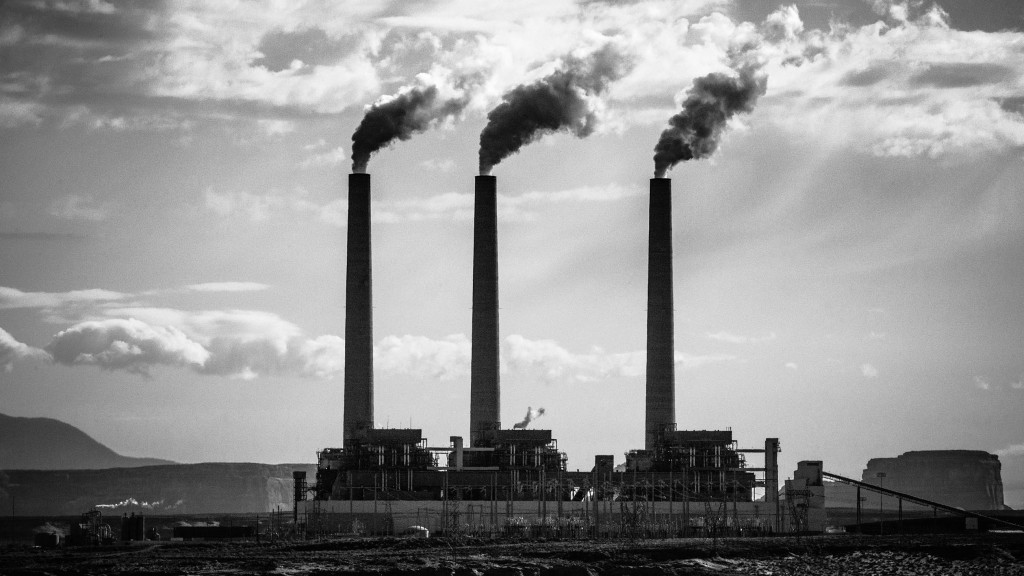Take a Cool Guess—The Fun Quiz on Renewable Energy and Environmental Sustainability. Today’s Topic: EPA on Obama-Era Mercury Emissions from Coal Plants

2250 megawatt coal-fired power plant
Question: What are the three most dangerous effects to human health that derive from ingesting/inhaling the mercury that gets into the food supply and atmosphere from coal plant emissions?
Answer: Can be found at Clean Energy Answers.
Relevance: From NPR—In another proposed reversal of an Obama-era standard, the Environmental Protection Agency said on Friday limiting mercury and other toxic emissions from coal- and oil-fired power plants is not cost-effective and should not be considered “appropriate and necessary.”
The EPA says it is keeping the 2012 restrictions in place for now, in large part because utilities have already spent billions to comply with them. But environmental groups worry the move is a step toward repealing the limits and could make it harder to impose other regulations in the future.
In a statement, the EPA said it is “providing regulatory certainty by transparently and accurately taking account of both costs and benefits.”
The National Mining Association welcomed the move, calling the mercury limits “punitive” and “massively unbalanced.”

Craig,
Why do you, and all the other coal haters, refuse to familiarize yourself with the amazing new clean(er) technologies developed for the coal industries over the last decade ?
Many of the requirements that existed even 20 years ago simply no longer exist, it would be like the computer industry having to comply with provisions for floppy disks !
Coal remains an essential ingredient in the world’s energy mix (40%)and will not diminish for many, many decades. The current abundance of cheap natural gas won’t last much longer with increasing demand from Europe and Asia driving up the price.
Most of the Western World’s fleet of coal-fired generating plants are very old, small and lacking modern technology. Most of the plant’s are only marginally profitable at best. To modernize requires heavy capital investment in , not easy when for over a decade Western governments and green-left politicians have been waging an ideological war against the industry, with the same lack of logic or rationality as those who oppose Nuclear energy (often the same advocates).
If the US and Europe, were serious about cutting emissions, then governments should encouraging the deployment of new clean(er) coal technology, and environmental advocates shouldn’t continue this disastrous anti-coal campaign, which may appeal to their ideological agenda, but is proving increasingly harmful for the environment.
At some stage, environmentalists must ask themselves the searching question, which is more important, ideological ‘purity’, or really helping reduce emissions?
Continuing to shun realistic solutions in favour of impractical, romanticized advocacy is counter-productive.
Currently the US administration is considering a restructure of the US coal industry to allow mining companies to become generators and distribution utilities. Such a plan would encourage investment in building a new fleet of clean(er) low emission, highly efficient coal-fired power plants.
Meanwhile in the US, the Union of Concerned Scientists and other political advocacy group’s have started a campaign to prevent research into converting US coal waste into rare earth materials for use in batteries, magnets, electronics, carbon fiber and military products.
The U.S. is heavily dependent on imports for these materials, mostly from China where mining is is conducted without regard for the health of workers or the environment.